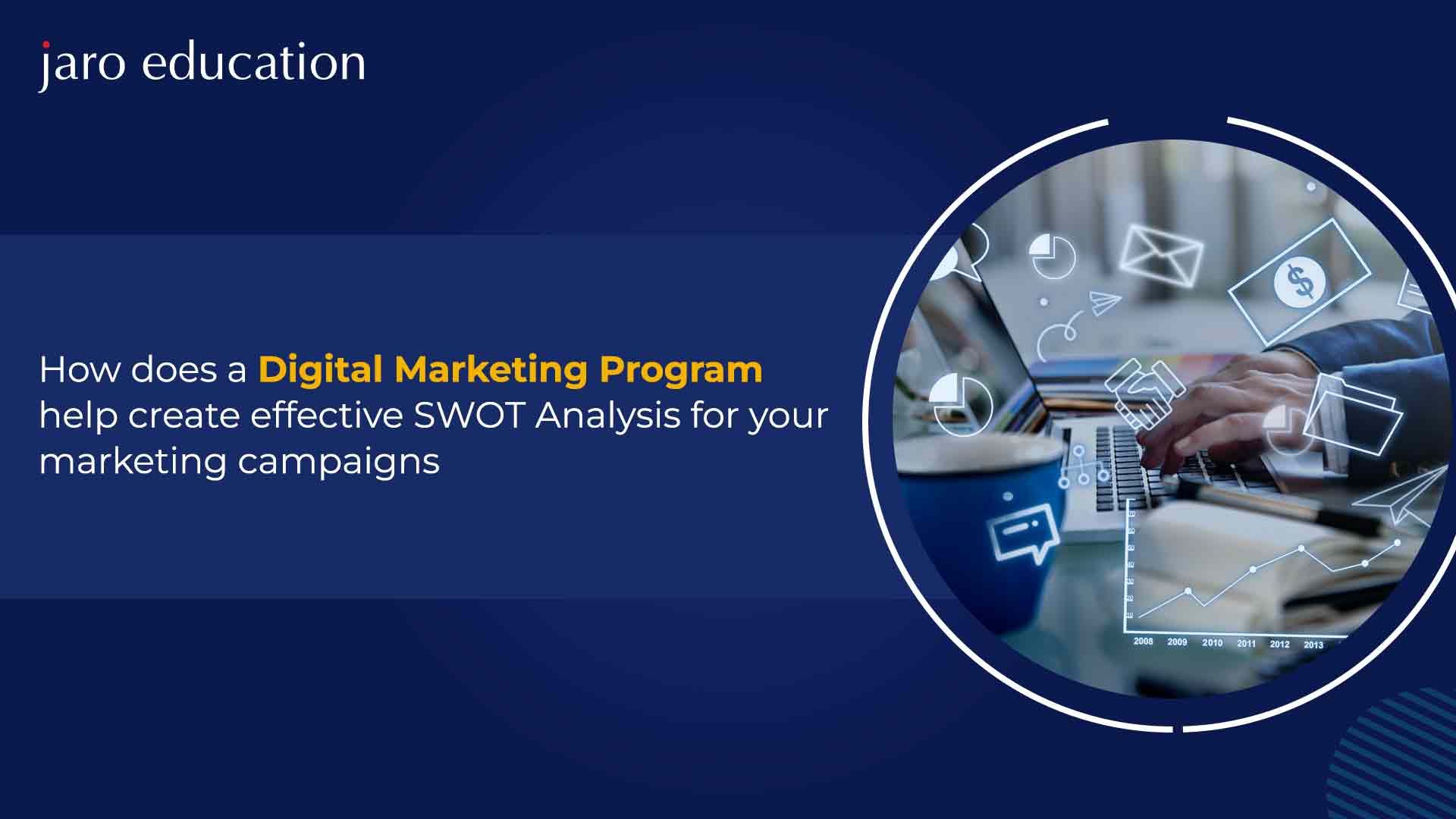There is no question that a well-executed digital marketing plan can be a powerful tool to help drive your business forward. But many business owners and marketing professionals don’t realize that a digital marketing plan can also be an invaluable tool for conducting a SWOT analysis – an important process for assessing your business’s strengths, weaknesses, opportunities, and threats.
By taking a systematic approach to evaluating your digital marketing campaigns and programs, you can identify areas where your business is strong and areas where there is room for improvement. This information can then be used to create a more effective marketing strategy that takes your business’s unique strengths and weaknesses into account. Additionally, a SWOT analysis can help you identify potential opportunities and threats that you may not have considered before, giving you a better chance to proactively address them.
SWOT Analysis: What Is It?
A SWOT analysis is a framework for examining and identifying the major issues affecting your company while taking into account its opportunities, threats, weaknesses, and strengths.
SWOT analysis aims to gain a high-level understanding of the influence of your marketing so you can enhance it, not only to track metrics or determine which advertisements perform better.
What Advantages Does SWOT Analysis Have in Marketing?
If you’ve ever used Google Ads or promoted a post on Facebook, you already know how to measure the success of your marketing efforts. To identify the most important elements affecting your marketing, such as customer satisfaction, competitors driving you out of the market, or ineffective asset promotion, a SWOT analysis looks beyond the conventional metrics like ROI, CPC, and CAC.
That information may be useful, particularly if it is accessible when you need it most. 46 per cent of marketers, according to Airtable, claim that their team is hampered by a lack of timely data. SWOT analysis may be useful.
Several further advantages of SWOT for marketing include:
- A greater knowledge of the marketing channels to concentrate on
- Helps you resolve flaws in your marketing materials or advertisements
- Makes it simpler to identify campaign hazards before they have an impact on your bottom line
- Enables you to take advantage of the resources and abilities you currently have
- Enhances the development of long-term goals for your marketing
The average company spends about 12% of its total budget on marketing; a SWOT analysis assures that your budget is effectively utilised.
What Are SWOT’s Limitations in Marketing?
SWOT analysis in marketing has several drawbacks, as much as I like it. First of all, a SWOT analysis won’t be helpful if you aren’t truthful about your real weaknesses. To be effective, this kind of examination necessitates introspection and candour.
It can also be challenging to evaluate extremely complicated aspects that could be strengths or weaknesses. Ads on TikTok, for instance, can be the most expensive but generate higher-quality leads, which might be both an advantage and a potential drawback.
There are a couple more restrictions to be aware of:
- SWOT analysis can take a lot of time. Before beginning, make sure you have the resources (people, time).
- You can become overwhelmed if you come up with too many suggestions on how to enhance your marketing.
- Although it can produce a lot of data, it doesn’t explain how to use it.
Marketing professionals and business owners can better prepare themselves and increase their chances of success by being aware of the limits of a SWOT analysis. How do you do a SWOT analysis given that you are aware of its limitations?
SWOT analysis for marketing campaigns: How to Do It
Examine Your Marketing Advantages:
What are you good at? Consider what aspects of the campaign are actually effective if you’re examining one in particular. Consider whether your landing page converts more frequently or whether clickthrough rates for ads featuring humans are higher.
Start by posing these queries and jotting down the responses. To concentrate on a campaign or your complete marketing plan, modify the questions as necessary.
- What sets your business (or your campaign) apart from the competition in your field?
- What features of your business, products, or services do customers love the most?
- What favourable qualities do customers connect your brand with?
- What makes you stand out from the competition? Is it successful?
- What advantages do you have over rivals in terms of resources? This includes personnel, funds, and knowledge.
- Which campaigns have the best results? Think about lifetime value and cost per acquisition in addition to conversions.
Remember, whether you are examining a specific campaign or your marketing strategy as a whole may affect your responses and the questions you pose.
Discovering Strength Data
To learn how customers feel about your company, run a customer satisfaction survey like a net promoter score.
To better understand which campaigns are the most successful, combine campaign data from many tools into a single dashboard using a tool like Power BI or Google Data Studio.
To learn more about your resources and how your team perceives your business, survey your staff.
Find out what your marketing weaknesses are.
This is frequently the most difficult section of a SWOT analysis. The reason for this is because you have to be honest with yourself, and it can be difficult to acknowledge when campaigns have failed.
Start by posing inquiries. Once more, feel free to change the language to meet your campaign or overarching approach.
- What about your business or product do people despise the most?
- What grievances are frequently brought up in unfavourable reviews?
- Why do clients leave?
- Why don’t customers buy from you again if you sell goods?
- What might your campaigns accomplish more successfully?
- What problems does your current marketing funnel have the most?
- Where in your sales funnel do clients leave the most?
- Where do your rivals triumph? (This can refer to particular tactics or computer platforms that work well for them.)
- What resources do you need more of?
A lack of a written marketing strategy, which is reported by over 40% of marketers, might be a hindrance. The first stage in developing or enhancing your marketing plan is to assess your deficiencies.
How to Find Weakness Relevant data
- Online testimonials from clients on Google, Yelp, etc.
- In requests for support. If you receive complaints about the same issue often, you may need to fix that.
- In a study of competitors.
- Exit interview data for clients or staff.
- Utilize Google Analytics to examine your exit pages. Why are users navigating away from those pages?
- Analyze the time spent on the page. Customers may spend less time on sites that are important to your marketing funnel.
IIM Visakhapatnam – PG Certificate in Digital Marketing & Growth, this online digital marketing program will enhance your skils with providing a very hands-on field. Learners who study digital marketing will get the opportunity to work with real clients and projects. This allows them to gain experience and skills that they can use in their future career.
Conclusion:
Overall, a digital marketing program can be a helpful tool for creating an effective SWOT analysis for your business. By taking a systematic approach to evaluating your campaigns and programs, you can gain a better understanding of your business’s strengths and weaknesses, identify opportunities and threats, and create a more effective marketing strategy.





